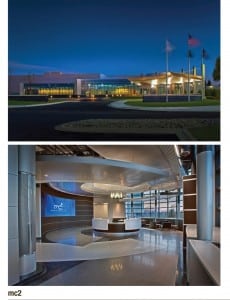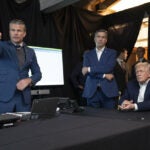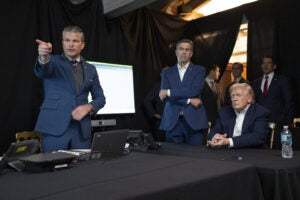
General Dynamics’ [GD] modernization efforts for its Abrams tanks, Stryker vehicles and other products comprise more than just searching out good ideas, it’s working those ideas through an end-to-end process so the ideas emerge from the process as something ready to be implemented. “Good engineering starts with a robust system engineering process,” said Sonya Sepahban, senior vice president Engineering Development and Technology for General Dynamics. “The focus at General Dynamics has been how to deliver on cost and…













